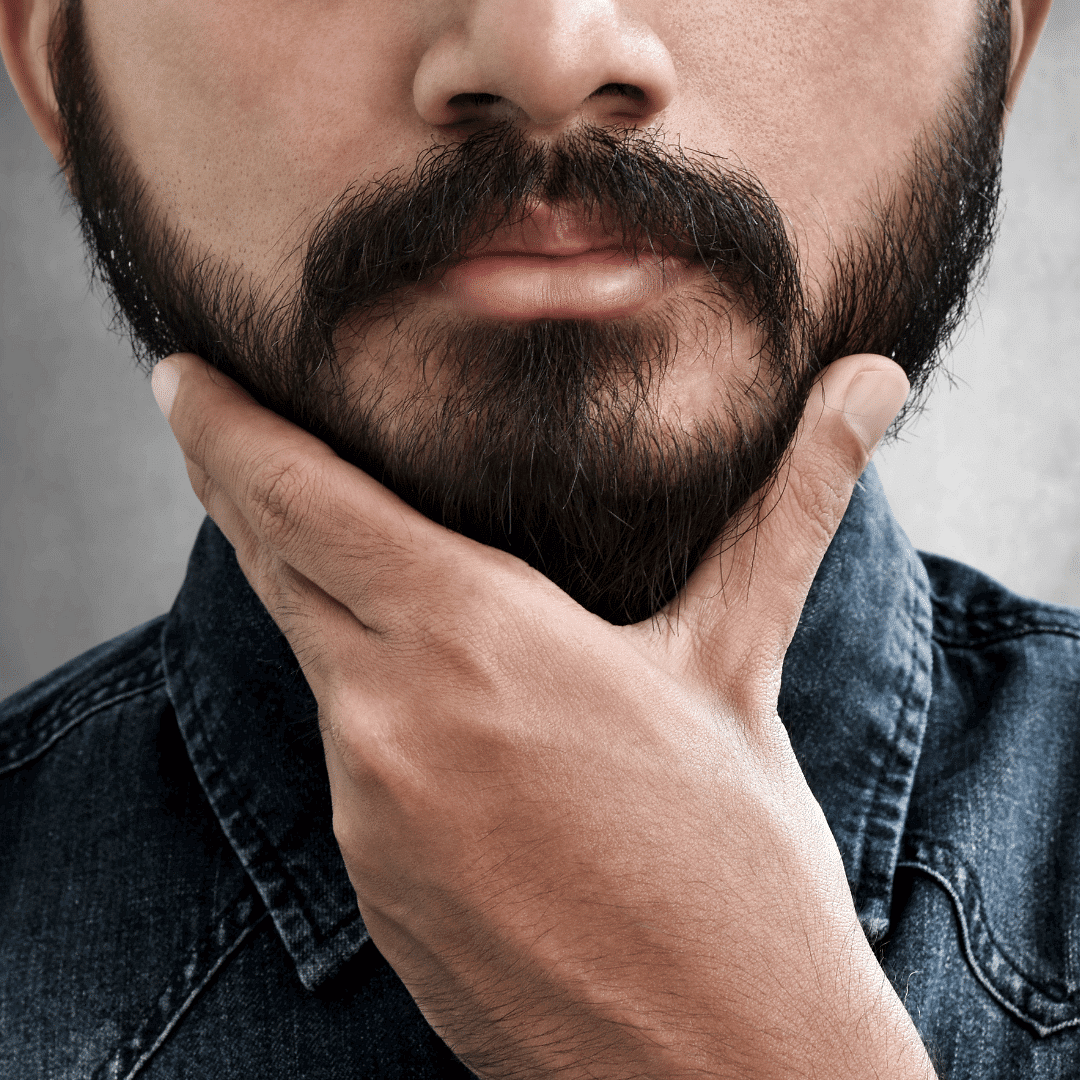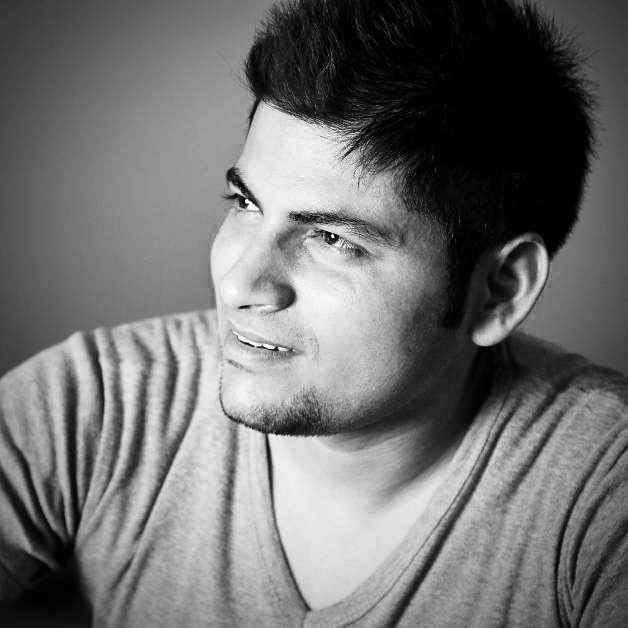The Dos and Don’ts of Beard Transplants
A beard transplant procedure involves hair being taken from the back of your scalp (donor area) and is implanted at the jawline, moustache, and sideburns.

What Is A Beard Transplant?
A beard transplant procedure involves hair being taken from the back of your scalp (donor area) and is implanted at the jawline, moustache, and sideburns.
Hair is taken from one part of your body and transferred to the facial region. Usually, once makes a skin incision to obtain individual hair follicles to be transplanted. Follicles are extracted mainly from the backward area of the scalp.
Things To Know Before Going for Beard Transplant
Before going in for a beard transplant surgery, here are some things that you should know.
- Follicular Unit Extraction (FUE) - Each hair root is extracted from the donor area and then implanted at the jawline.
- Follicular Unit Transplant (FUT) - A small strip of skin is cut from the donor area, and then hair follicles are removed. These will be used for implantation.
Both procedures involve removing two thousand to five thousand hairs at a time to provide the best coverage.
The process may take seven to eight hours, and the recovery phase may last several months. In about 90 days, the hair settles into place, and in about 8-9 months, healthy beard growth can be observed. It is a sign of new hair follicle growth.
For growing facial hair from nothing, FUT is considered to be a better procedure as more follicles are harvested, resulting in a thicker beard.
Beard Transplant Success Rate
Regardless of the procedure performed, a beard transplant rarely fails. However, if hair follicles are not harvested adequately from the back of the scalp for the implant, it may fail.
Before the surgery, the doctor will examine the scalp condition and decide whether it's a procedure that you should go for or not.
Beard Transplant Before And After Images

Beard Transplant Cost
It is an expensive procedure, and the cost depends on the number of hair follicles implanted and the surgeon performing it. The cost varies from 40 to 120 rupees per graft, and the total number of grafts depends on where you want to grow a beard.
Also read: 10 beard growth foods for a thicker beard
Beard Transplant Risks
A beard transplant is a safe procedure. You may experience redness and swelling at the donor area and the area where follicles are implanted. However, certain precautions are needed to avoid this:
- Take medication as prescribed.
- Take vitamin C supplements and eat a balanced diet for quicker healing.
- Don't smoke or consume alcohol during the recovery period.
- Don't shave the implanted area for 1-2 months.
- Avoid touching, rubbing or scratching the site that's been operated on.
- Avoid swimming, sauna baths, strenuous exercise, and direct sunlight.
Remember, don't panic. Your face may feel uncomfortable post the implant. However, if it gets too painful or uncomfortable, consult your doctor.
Beard Transplant Side effects
You may experience side effects on the face and back of the scalp. Side-effects are common and not dangerous. They may last for 15-20 days. The possible side effects are:
- Follicle Swelling
- Rough crust or scabs
- Tingling sensation
- Numbness
- Heaviness/tightness
- Sensitivity
- Bruising
- Scarring in the donor
- Pain
- Cyst formation
Alternatives to Beard Transplant
The transplant might be difficult or impossible for people who want to transplant a beard but have no hair on the scalp. Beard transplant is an expensive and invasive procedure. There are some alternatives you can consider after consulting a professional:
- Minoxidil or Rogaine is a solution available in liquid or foam form and is effective for hair growth. Apply it on the jawline, sideburns or moustaches.
- Micro-blading is a technique in which semi-permanent ink is used to make hair-like steaks around the beard area. It looks natural to an extent and is temporary.
- Derma rollers may be effective for facial hair growth.
- One can use Beard oil to boost hair growth.
- Supplements like biotin can help foster hair growth.
Should You Consider A Beard Transplant?
If your hair can grow back with certified topical solutions like Minoxidil and Redensyl- stick to those. However, if you can afford the beard transplant procedure, have an expert to perform it, and are acquainted with its side effects, you can opt for it.
Also read: Proven ways to fix a patchy beard
FAQS
Is beard transplant permanent?
Beard transplant is the most permanent solution that is available for people who want it. If new hair falls at first, it's a healthy sign. It indicates that follicles are implanted and placed. New hair will grow from these follicles. If thin hair is transplanted to the beard area, it does not grow as thick as healthy facial hair.
Do beard transplants leave scars?
A Beard transplant can leave scars, but results may vary in individuals. With the FUE technique, the risk of visible scarring is greatly reduced. FUT technique leaves a linear scar. Scarring is also seen at the donor area, depending on the number of tissues removed to implant hair follicles.
Does beard transplant look natural?
A transplanted beard looks natural and can be cut, shaved or dyed. The surgeon carefully takes hair that matches your beard to give it a seamless look. For a curly beard, chest hair can be used. For sideburns or temples, body hair can be used. Moustache transplants also yield good results.
How painful is a beard transplant?
A Beard transplant is virtually painless. The procedure is done under local anaesthesia. If you experience any discomfort, painkillers will manage that. You can also consult a doctor if you have any discomfort.

